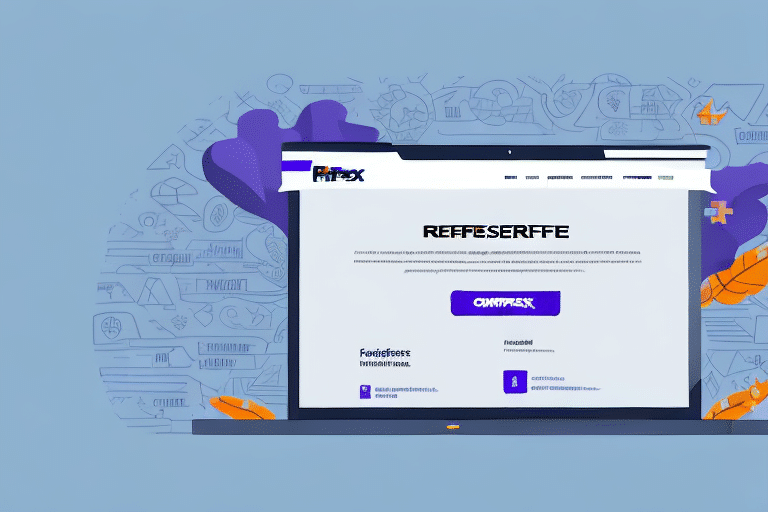Understanding the FedEx Ship Manager Response Format
Efficient shipping is crucial for businesses to maintain customer satisfaction and operational effectiveness. A key component in achieving this is understanding the FedEx Ship Manager Response Format. This tool helps optimize shipping processes, track shipments accurately, and resolve issues promptly. In this article, we will explore the intricacies of the FedEx Ship Manager Response Format, its importance, common challenges, and best practices for leveraging its features to enhance your shipping operations.
What is the FedEx Ship Manager Response Format?
The FedEx Ship Manager Response Format is a structured system used to provide detailed feedback about the results of a shipment process. When you use FedEx Ship Manager to handle your shipments, the response format delivers essential information such as tracking numbers, delivery statuses, and any exceptions that may occur during transit. This standardized format allows businesses to integrate seamlessly with FedEx's shipping services, ensuring greater flexibility, convenience, and speed in managing shipments.
Key components of the Ship Manager Response Format include:
- Tracking Information: Unique tracking numbers that allow you and your customers to monitor the shipment's progress.
- Delivery Status: Real-time updates on the status of the shipment, including dispatch, transit, and delivery phases.
- Exception Reports: Notifications of any issues encountered during shipping, such as delays or address discrepancies.
- Customized Data Fields: Ability to tailor the response format to meet specific business needs, enhancing the relevance and utility of the information provided.
Importance of Understanding the FedEx Ship Manager Response Format
Grasping the details of the FedEx Ship Manager Response Format is essential for several reasons:
- Streamlined Operations: By understanding the response format, businesses can quickly identify and resolve errors, reducing delays and ensuring timely deliveries.
- Cost Efficiency: Accurate interpretation of response codes helps prevent costly mistakes such as incorrect addresses or package dimensions, thereby lowering shipping costs.
- Enhanced Customer Satisfaction: Reliable tracking and prompt resolution of issues lead to a better customer experience, fostering trust and repeat business.
- Data-Driven Decisions: Detailed shipment data allows businesses to analyze shipping patterns, optimize routes, and improve overall logistics strategies.
Common Challenges and Troubleshooting
While the FedEx Ship Manager Response Format is a powerful tool, users may encounter several common issues:
Complexity of the Response Format
The response format can initially appear complex due to its detailed codes and data fields. Familiarizing yourself with each component is crucial to effectively utilize the information provided.
Unclear Error Messages
Sometimes, the response format may not clearly indicate the root cause of an error, making troubleshooting difficult. In such cases, consulting FedEx’s official customer support or comprehensive documentation is recommended.
Frequent Updates
The response format may undergo updates or changes. Staying informed about the latest version ensures compatibility and prevents potential issues related to outdated formats.
Interpreting Response Codes
Response codes are integral to understanding the status of your shipments. Here's how to interpret them:
- Code 0: Indicates a successful shipment request. The package is being processed and tracked accordingly.
- Code 821: Signifies an invalid destination address. This requires immediate correction to avoid delivery delays.
- Other Codes: Various codes indicate different issues, such as insufficient data (e.g., missing package weight), exceeding maximum package dimensions, or issues related to billing information.
Understanding these codes allows businesses to take swift corrective actions, ensuring smooth shipping operations.
Best Practices for Using the FedEx Ship Manager Response Format
Adopting best practices can significantly enhance the utility of the FedEx Ship Manager Response Format:
Comprehensive Error Handling
Identify and document all possible response codes and their meanings. This preparation enables quick diagnosis and resolution of issues as they arise.
Regular Updates and Reviews
Periodically review the response format documentation provided by FedEx to stay updated on any changes or enhancements. This ensures continuous compatibility and efficiency.
Employee Training
Ensure that your team is well-trained in interpreting response codes and utilizing the response format effectively. Ongoing training helps maintain high standards of shipping accuracy and efficiency.
Integrate with Shipping Policies
Align your shipping policies with the insights gained from the response format. Consistent policies based on accurate data can streamline operations and improve overall productivity.
Integrating the Response Format with Other Shipping Solutions
The FedEx Ship Manager Response Format can be seamlessly integrated with various shipping solutions and tools to enhance functionality:
- Shipping Software: Integrate response data with your existing shipping software to automate tracking and status updates.
- ERP Systems: Connect the response format with Enterprise Resource Planning systems for comprehensive logistics management.
- Analytics Tools: Use response data with analytics platforms to gain deeper insights into shipping performance and trends.
Integration facilitates a more cohesive shipping process, leveraging data from the response format to optimize operations across different platforms.
Advanced Features and Future Developments
FedEx continues to enhance the Ship Manager Response Format with advanced features and future developments:
Enhanced Reporting and Analytics
Advanced reporting tools allow businesses to generate detailed analytics on shipping performance, identifying areas for improvement and optimization.
Automated Decision-Making
Integration with AI and machine learning technologies enables automated decision-making processes, such as predicting delivery times and optimizing routing based on historical data.
Real-Time Updates
Future developments may include more real-time updates and notifications, providing businesses with instant insights into shipment statuses and potential issues.
Staying abreast of these advancements ensures that your business can leverage the latest features to maintain a competitive edge in logistics and shipping efficiency.
Conclusion
The FedEx Ship Manager Response Format is a vital tool for businesses seeking to optimize their shipping processes. By understanding and effectively utilizing the response format, businesses can streamline operations, reduce costs, and enhance customer satisfaction. Embracing best practices, integrating with other shipping solutions, and staying informed about future developments will ensure that your shipping processes remain efficient and reliable. Investing time in mastering the FedEx Ship Manager Response Format can lead to significant improvements in your overall logistics strategy.






















